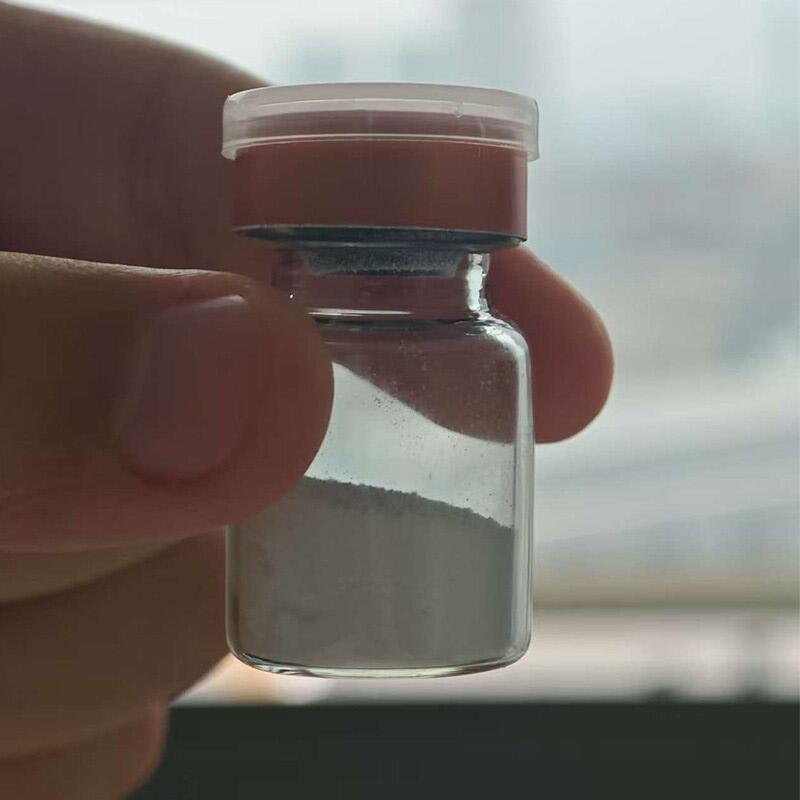-
Categories
-
Pharmaceutical Intermediates
-
Active Pharmaceutical Ingredients
-
Food Additives
- Industrial Coatings
- Agrochemicals
- Dyes and Pigments
- Surfactant
- Flavors and Fragrances
- Chemical Reagents
- Catalyst and Auxiliary
- Natural Products
- Inorganic Chemistry
-
Organic Chemistry
-
Biochemical Engineering
- Analytical Chemistry
-
Cosmetic Ingredient
- Water Treatment Chemical
-
Pharmaceutical Intermediates
Promotion
ECHEMI Mall
Wholesale
Weekly Price
Exhibition
News
-
Trade Service
The chemical industry is a vital sector in the global economy, providing an array of products that are essential to numerous industries, including the manufacturing, construction, and healthcare industries.
One of the chemicals that are commonly used in this industry is 2-propenenitrile, which is a colorless liquid with a characteristic oily odor.
This chemical is often used as a building block for the synthesis of various chemicals and materials.
However, the use of 2-propenenitrile and other chemicals can pose potential risks to workers and the environment if proper safety measures are not taken.
Chemical reactions involving 2-propenenitrile and other chemicals can produce hazardous byproducts, and improper handling or storage of these chemicals can lead to accidents.
Therefore, it is essential to assess the safety of 2-propenenitrile and the reaction products it forms with other chemicals, such as glycidol and tetraethylenepentamine.
2-Propenenitrile is classified as an irritant and is not considered to be a highly hazardous chemical.
However, exposure to high concentrations of this chemical can cause irritation to the eyes, skin, and respiratory system.
Prolonged exposure to the vapor of 2-propenenitrile can lead to headaches, dizziness, and nausea, and in severe cases, can cause respiratory problems.
Therefore, it is essential to wear appropriate personal protective equipment, such as gloves, safety glasses, and respirators, when handling this chemical.
When 2-propenenitrile is reacted with glycidol, a common reaction produces ε-caprolactam, a chemical that is used in the production of nylon.
However, this reaction can also produce other byproducts, including water and 2-propenenal, which is a highly toxic chemical.
Therefore, it is essential to ensure that the reaction is properly controlled and that the byproducts are properly disposed of.
Similarly, when 2-propenenitrile is reacted with tetraethylenepentamine, a common product of the reaction is the formation of N,N,N',N'-tetraethyl-2-propenamine, which is a colorless liquid that is used in the production of various chemicals and materials.
However, this reaction can also produce other byproducts, including water and potentially toxic compounds.
Therefore, it is essential to ensure that the reaction is properly controlled and that the byproducts are properly disposed of.
In addition to the potential hazards posed by the chemical reaction, improper storage and handling of 2-propenenitrile and other chemicals can also pose significant risks.
Leaking chemicals can cause damage to equipment and facilities, and improper disposal of chemicals can lead to environmental pollution.
Therefore, it is essential to store chemicals in appropriate containers and to follow proper handling and disposal procedures.
To ensure the safety of workers and the environment, it is essential to implement proper safety measures when handling and reacting 2-propenenitrile and other chemicals.
This can include providing appropriate training to workers, implementing proper storage and handling procedures, and using appropriate personal protective equipment.
By following these safety measures, the chemical industry can continue to provide essential products while minimizing the potential risks associated with chemical reactions and handling.
In conclusion, 2-propenenitrile is a commonly used chemical in the chemical industry that can pose potential risks to workers and the environment if proper safety measures are not taken.
The reaction of 2-propenenitrile with other chemicals, such as glycidol and tetraethylenepentamine, can produce hazardous byproducts that should be properly disposed of.
Therefore, it is essential to assess the safety of 2-propenenitrile and the reaction products it forms with other chemicals, and to implement appropriate safety measures to minimize the potential risks associated with their handling and







